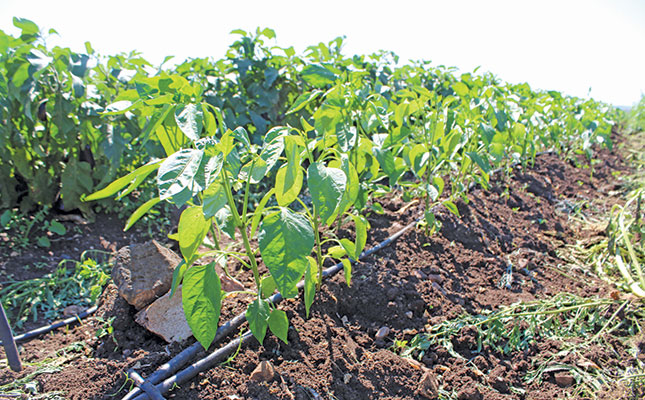 Farmer's Weekly SA
Farmer's Weekly SA Starting a small vegetable farm on, say, 2ha, is generally easier than livestock farming. But the cost, and success, of the enterprise depends on the type of crop, the market and economies of scale.

“These depend on many integrated factors, such as distance from the water source, and what type of irrigation is required. Drip irrigation varies from R590 000 for the first hectare with an underground mainline system, to R50 000/ha for overhead irrigation if the distance is not more than 500m. Ask the advice of an irrigation specialist to determine the correct system and installation.”
A basic packhouse may cost up to R250 000, excluding ablution facilities and chemical storerooms.
GlobalGAP compliance, which is needed for certain markets, amounts to about R80 000.
The cost of seed varies from R3 300/ha to R8 400/ha, depending on which vegetables are planted.
De Klerk notes that nursery costs are usually added when seedlings are planted, making this more expensive than planting seeds directly into the soil. Nursery costs could be between R9 500/ha and R14 000/ha.
Annual fertiliser costs amount to about R13 500/ha, and herbicide and pesticide cost an additional R7 000/ha.
Machinery and labour
The equipment needed includes a 55kW spray tractor, a 65kW land preparation tractor, a gypsum spreader, chemical sprayer, disc, plough, ridger, ripper, rotavator, concealer, mist blowers, trailers and knapsacks.
Labour, electricity, water and maintenance costs also have to be accounted for. Other expenses are sales costs, such as levies for markets, distribution costs to cover logistics and packaging, and fencing to keep animals out.

